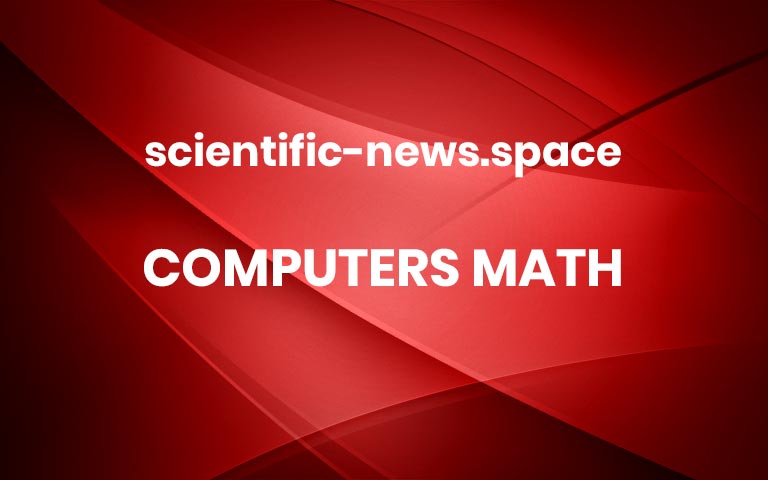Five things to do in virtual reality — and five to avoid
Open heart surgery is a hard thing to practice in the real world, and airplane pilots cannot learn from their mistakes midair. These are some scenarios where virtual reality solves really hard problems, but the technology has limits. That’s the upshot of a review of experimental research on VR, published in the journal Nature Human Behavior.
“Virtual reality is not for everything,” said Jeremy Bailenson, lead author and director of Stanford’s Virtual Human Interaction Lab. “What we’ve long showed in the lab is that VR is great when used sparingly and thoughtfully. Otherwise, the pros typically don’t outweigh the cons.”
As a medium, VR is very intense, added Bailenson, who is the Thomas More Storke Professor and professor of communication in the School of Humanities and Sciences. It blocks out the real world. VR can make users uncomfortable or even experience “simulator sickness,” a type of motion sickness.
While companies like Meta and Apple have invested heavily in the tech, betting on wide consumer adoption, the review’s findings show it’s better used in short doses — minutes not hours — and only for certain things. The researchers recommend saving VR for “DICE” experiences, those which if done in the real world would be dangerous, impossible, counterproductive, or expensive.
Some examples of what to do (and not do) in VR, from the paper’s five core findings:
1. Travel to awesome or personally challenging places. Don’t go to VR for run-of-the-mill meetings.
Stroll through the ruins of Pompeii or visit the Grand Canyon. The visceral nature of VR lends itself well to experiences where “being there” matters. In fact, some psychologists are using VR in exposure therapy, allowing people to face something they fear while they are physically safe. One study found that people treated for fear of flying with VR had no return of their symptoms three years later.
VR’s value fades if the environment is not dramatic. While there were hopes during the pandemic that people would turn to VR for more engaging meetings, that idea failed to catch on.
“If you are just sitting there staring and not moving your body, you probably can do that on a computer and save yourself some headset time,” Bailenson said.
2. Learn surgery or public speaking. Don’t solve basic math problems.
Educators had great hopes for virtual reality ever since simulators were first used to train pilots in 1929. As the technology developed, though, it became apparent that VR did not add much to abstract learning that can be taught well on a chalkboard.
Instead, virtual reality is best used with learning skills that are procedural, requiring one step and then another, as might be done in surgery or dissection situations. Spatial tasks where movement and immersion are helpful also work well in VR, such as practicing nonverbal behavior or performing in front of a crowd.
“The key with VR is to focus on learning scenarios that are jaw-droppingly special in that medium, as opposed to assuming that any media experience works better in a headset,” Bailenson said.
3. Try on a new identity in VR, but make sure it’s the right fit.
Self-perception changes how people behave, studies have shown, whether in a virtual world or the real one. For instance, if people choose more athletic avatars, they tend to move around more. Those with taller avatars tend to negotiate more aggressively. The opposite is also true, which means users should be careful when choosing an avatar, Bailenson advised.
“Understand that whatever avatar you’re going to use is going to change the way that you behave inside VR and for some time after you leave,” he said. “So be thoughtful and use platforms that allow you to choose an avatar that either matches your actual or ideal self.”
4. Take a VR fitness class. Don’t try to learn how to throw a baseball.
Athletic training is a great use for virtual reality, except when it comes to precision movements. Users have a hard time judging distance in the virtual world, the review found. It’s a persistent problem the technology has yet to overcome.
“High-level spatial activities are great in VR, but when you’re looking for down-to-the-centimeter accuracy, you should be wary of using commercial VR applications,” Bailenson said.
5. You can run in VR, but you can’t hide.
People are easily identified by how they move their bodies, research has shown, so users should be aware that even if their avatar itself masks their identity, the millions of movement data points automatically collected by the system can identify them. There is no true anonymity when wearing VR headsets.
“In VR you move your body, and the scene responds. That’s what makes the medium so special,” Bailenson said. “Natural body movements are so important that the medium literally can’t run if you turn off movement tracking.” More


